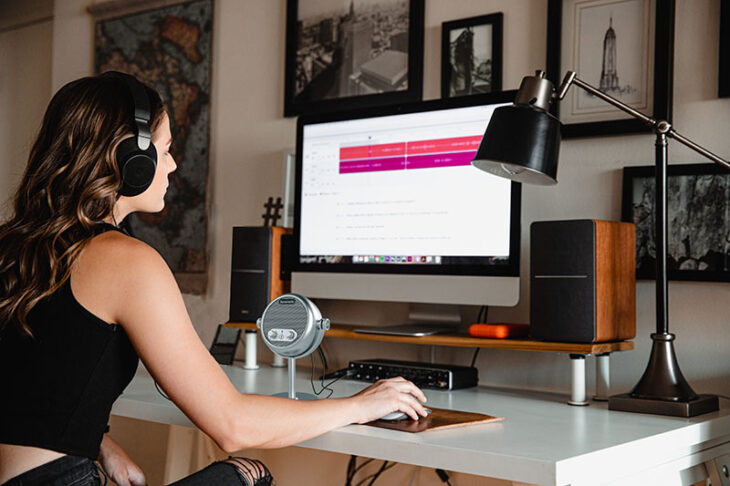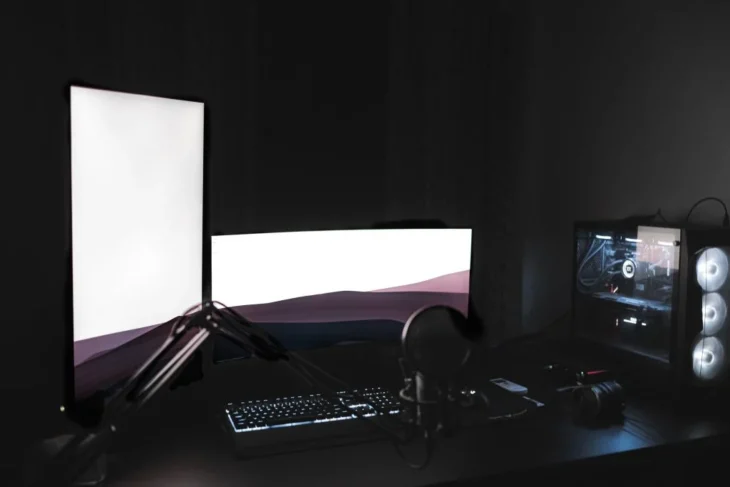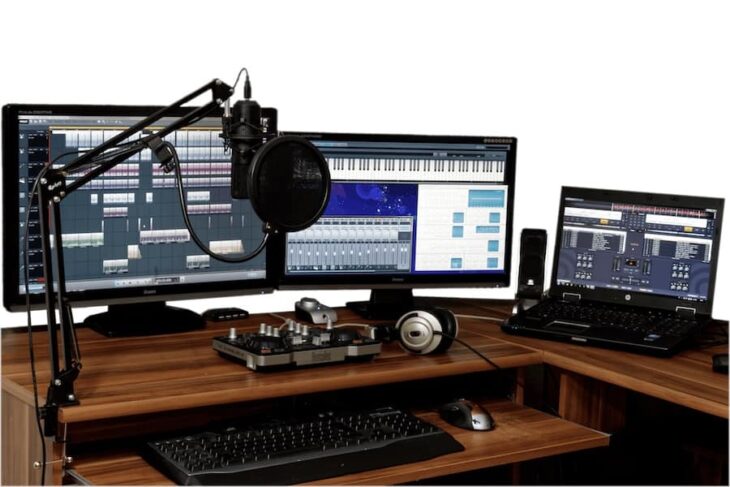A desktop computer microphone is a great way to improve the audio quality of your computer. It can be used for VOIP applications, online gaming, or even just recording audio. There are many different types and styles of desktop microphones available, so you should be able to find one that meets your needs.
What is a microphone for a desktop computer?

Best computer microphones are an essential part of any desktop computer. They allow you to communicate with others through voice-over-IP (VoIP) applications like Skype, record audio for video editing or gaming purposes and even use voice recognition software to control your computer.
There are a few different types of microphones that can be used with a desktop computer. The most common type is a USB microphone, which plugs into one of your computer’s USB ports. Other options include 3.5mm jack microphones and wireless microphones that connect via Bluetooth.
When choosing a microphone for your desktop computer, it’s important to consider what you’ll be using it for. If you’re primarily using VoIP applications, then you’ll want to choose a microphone that has good noise cancellation so that your conversations are clear. If you’re interested in recording audio, then you’ll want to choose a microphone with a higher-quality signal. And if you plan on using voice recognition software, then you’ll want to make sure the microphone is compatible with that software.
No matter what your needs are, there’s a microphone out there that’s perfect for your desktop computer setup. With so many options available, it’s easy to find one that meets your needs and budget.
How does a microphone for a desktop computer work?

Microphones are vital for computers, whether you’re using them for gaming, VoIP calls, or recording. Here’s how they work.
Computers have come a long way since their inception in the early 20th century. Nowadays, they can be used for a myriad of tasks, from entertainment to work. No matter what you use your computer for, chances are you’ll need a microphone at some point.
Microphones come in all shapes and sizes, but they all serve the same purpose: to convert sound into an electrical signal. This signal can then be transmitted and recorded by the computer.
There are two main types of microphones: condenser and dynamic. Condenser microphones are typically used in studios and other professional settings due to their high-quality recordings. Dynamic microphones are more common for general use, such as gaming or making VoIP calls.
How do microphones work? Sound waves enter the microphone through the windscreen (the mesh cover that protects the internal components). The waves then hit the diaphragm, which is a thin piece of metal that vibrates when it comes into contact with sound waves. These vibrations are converted into electrical signals by a coil of wire that surrounds the diaphragm.
What are the benefits of using a microphone for a desktop computer?

There are many benefits of using a microphone for desktop computers, including the following:
You can use it to communicate with others through voice-over-IP (VoIP) applications such as Skype, Google Hangouts, and others.
You can use it to record audio for various purposes, such as creating podcasts or recording video footage with commentary.
It can be used in conjunction with speech recognition software to dictate text or control certain applications hands-free.
Some microphones also come with built-in features such as noise cancellation and echo reduction, which can be beneficial in certain situations.
Are there any disadvantages to using a microphone for a desktop computer?

There are a few disadvantages to using a microphone for your desktop computer. One is that if you have multiple monitors, the microphone will only pick up sound from one monitor at a time. This can be frustrating if you’re trying to collaborate with someone or need to hear multiple things at once. Using a microphone can be intrusive if you have people around you who don’t want to be recorded. It’s important to be considerate of others when using a microphone, as it can be disruptive if not used properly. Finally, microphones can sometimes pick up unwanted background noise, so it’s important to find one that filters out this noise effectively.

